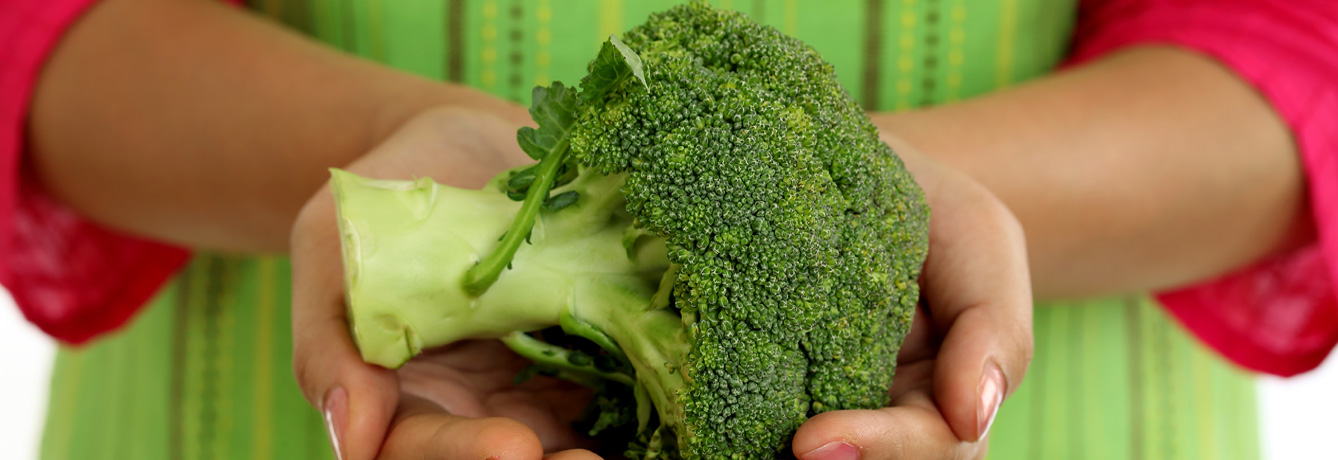Crohn’s disease is one of the most common inflammatory bowel diseases (IBD) affecting 1.4 million patients in the U.S. with an overall health care cost of more than $1.7 billion, With Crohn’s disease, the immune system mistakes food for invasive agents and attacks the cells lining the gastro-intestinal wall, leading to chronic inflammation. There is no medical cure at present, thus, the condition commonly requires a lifetime of care with 75% of sufferers ultimately requiring some form of surgery. Fortunately, new research now suggests Mother Nature might offer someday relief in the form of broccoli and banana/plantain fiber.
In a study published in the journal, Gut, British and Swedish researchers collaborated on a lab investigation into the effectiveness of apple, leek, broccoli and banana/plantain fibers in protecting cells from dangerous bacteria. The results: The broccoli and banana/plantain fiber protected cells from the E Coli bacteria by as much as 45% to 83%. Apple and leek fiber had no significant effect. Why might this be? Compared to apples and leeks, broccoli and bananas/plantains may have higher soluble fiber contents (which absorbs water and thickens the stool, slowing digestion). Dole scientist Dr. Nick Gillitt hypothesizes that this thickening might limit the harmful bacteria’s access to vulnerable intestinal cells. By contrast, a food processing emulsifier used in most ice cream dramatically increased E Coli invasion by as much as 530%.
These results back up previous research which has consistently shown the GI protective potential of fiber. People with the highest fiber intake enjoy a 42% lower risk of diverticulitis – a painful inflammation disorder impacting the large intestine. Banana fiber, in particular, has been linked to 72% lower risk of colorectal cancer. Broccoli – among other cruciferous veggies like cauliflower, Brussels sprouts and cabbage – contains compounds besides fiber that may disrupt colon cancer cell division.
By the way, not only does ice cream contain emulsifiers that could put Crohn’s sufferers at risk, it’s also the top source of palmitic acid, which interferes with the brain’s response to leptin – effectively lowering both ability to receive satiety signals as well as burn calories.
Published March 1, 2013



